From 300,000 years ago up until around 10,000 years ago, the woolly mammoth, with its furry coat and large tusks, roamed free across North America, Europe, and Asia. A small group continued to exist until just 1650 B.C. on modern day Russia’s Wrangel Island near Alaska, about 1,000 years after the Great Pyramid of Giza was built.
Standing roughly the size of today’s African elephants and a close relative to them, woolly mammoths were built by mother nature to withstand the cold tundras of the world. Like their thick coat of fur, they had special adaptations to face rough environments, such as smaller ears than elephants to protect against frost bite. They were revered by humans as shown in over 100 depictions in cave paintings in France, and there is evidence of their importance for human subsistence at the time for meat and hut-building materials. However, despite their importance to the humans of their times, the woolly mammoth became extinct.
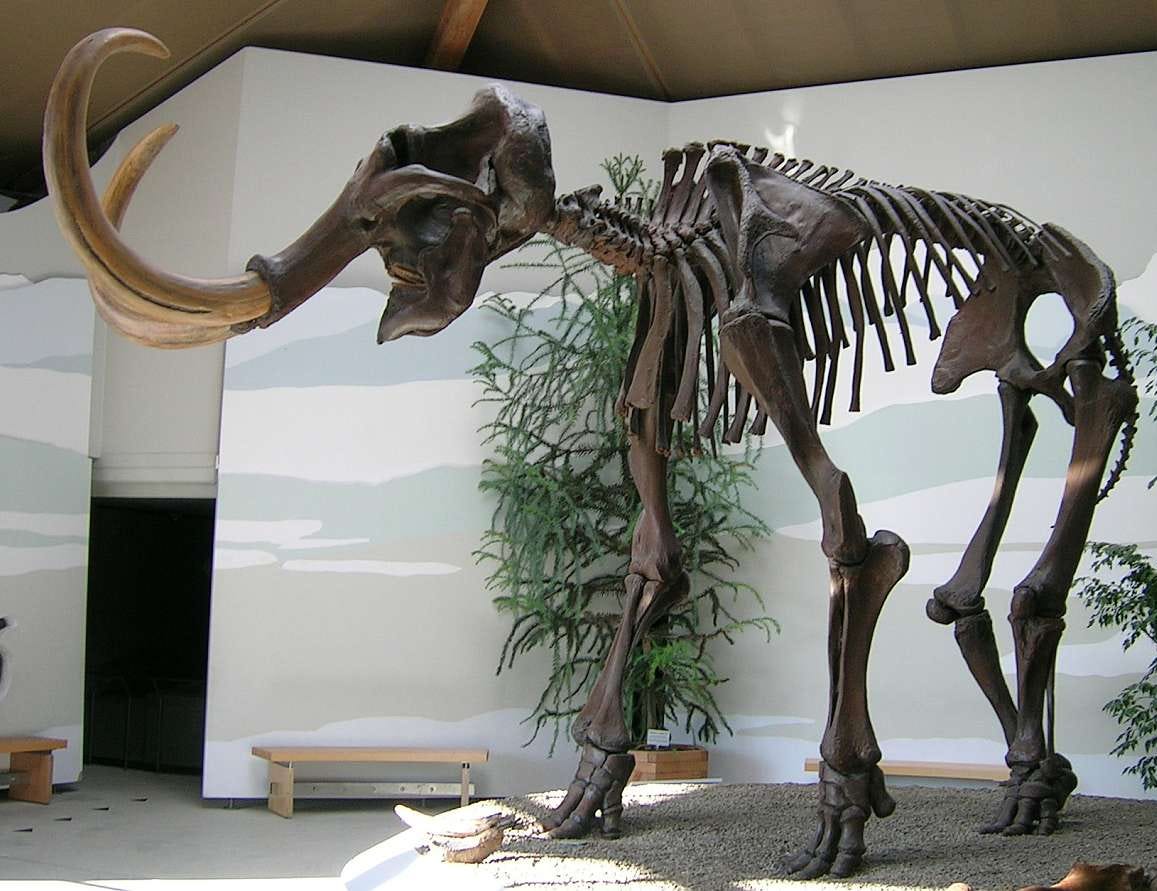
A few theories about the cause of their extinction have been proposed by scientists. Intense climate change is one such theory as the earth exited a long ice age. Another factor suggested is mass hunting by humans.
Similar to the woolly mammoth and existing at the same time in North America, bison were used for human subsistence, being the lifeblood of Native Americans in particular, and they were also hunted by humans in large numbers. However, they did not become extinct.
Chronicled in this previous post, in the 19th century, bison were hunted to the brink of extinction by European settlers, from tens of millions of bison roaming the land to just 500 bison remaining by the 1880s. One of the last remaining bison herds was located in renowned Yellowstone National Park, with its bison herds being a popular attraction for tourists today. The slaughtering of the bison became so severe that the United States Army was stationed in Yellow Stone National Park to protect the bison from poachers. Around 5,000 bison live there today. It is the only place in the United States where bison have continuously lived since prehistoric times.
If the bison aren’t extinct, we have been asked by some people if they are endangered, since they were on the brink of extinction less than 150 years ago.
Due to conservation efforts since the early 1900s, the bison are not an endangered species. Notable figures such as former U.S. President Theodore Roosevelt stepped in to save the bison. In 1905, the National Bison Society was founded, with Roosevelt as its honorary president. Roosevelt used his position as U.S. President to prioritize bison conservation, supporting the reintroduction of bison from the Bronx Zoo in New York City to designated areas in the Western United States.
“The most characteristic animal of the Western plains was the great, shaggy-maned wild ox, the bison, commonly known as buffalo. Small fragments of herds exist in a domesticated state here and there, a few of them in the Yellowstone Park. Such a herd as that on the Flat-head Reservation should not be allowed to go out of existence. Either on some reservation or on some forest reserve like the Wichita reserve and game refuge provision should be made for the preservation of such a herd.”
-Theodore Roosevelt in his annual speech to Congress, December 5, 1905.
The “Wild West Show” that captivated audiences across the United States and Europe can also be indirectly accredited with help saving the bison. The show was led by William F. Cody, commonly known as “Buffalo Bill.” One of the show’s leading attractions was a herd of live bison of all ages. Over the show’s 30-year exhibition in the late 1800s, tens of millions saw the show, with 6 million alone in 1893 in Chicago. Buffalo Bill’s show introduced the bison to a generation of Americans who would have otherwise not known about the bison due to its severely dwindling numbers at the time, spurring an interest in bison conservation efforts.
“The Wild West offered America an opportunity to view buffalo and watch them in action. Seeing buffalo in a small enclosure at a zoo was one thing. Watching them run at full gallop was quite another.”
-Dr. David Nesheim, Associate Professor of History at Chadron State College
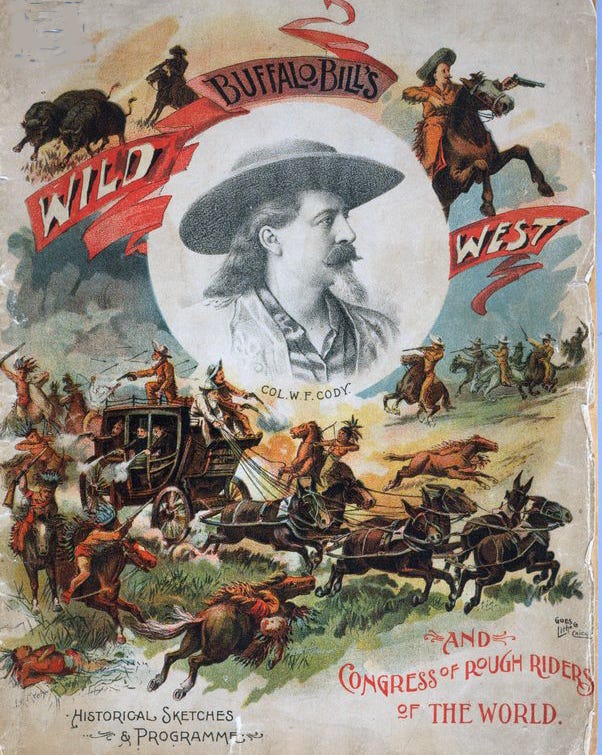
Private ranchers also stepped in to help the conservation efforts. James “Scotty” Philip, a Scottish-born American rancher is remembered as the “man who saved the buffalo” due to his efforts for re-growing the bison population. Settling in South Dakota and commanding over 40,000 cattle, he wanted to repopulate the lands which had previously been a bison-covered range. Purchasing a bison herd numbering 74 from Pete Dupree, who managed to catch five bison calves during the last big hunt on South Dakota’s Grand River in 1881, Philip built the first enclosed bison pasture along the Missouri River in South Dakota. Philip also worked with ranchers in surrounding states and Canada to rescue bison. Philip’s herd would grow to about 1,000 bison a decade later.
From a combination of bison herd management by the United States Department of the Interior and private ranchers, the bison numbers grew to save the bison from the brink of extinction. By the end of the 20th century, it is estimated that there were 20,000-25,000 bison in public herds in North America, and at least 250,000 bison in private herds. Since then, the bison numbers in private herds have nearly doubled.
Today, the International Union for Conservation of Nature’s Red List, an international organization considered the authority on species’ extinction risk, lists the bison as “near threatened.”
With the bison being “near threatened,” how do we continue to help grow their numbers today? Possibly counter-intuitively, the answer is to eat more bison.
Won’t slaughtering and eating bison make their numbers fall and result in a “hunt” of sorts similar to that which led them to the brink of extinction? Nope. Eating more bison results in greater demand for the animal and thus greater cultivation of it. As stated by bison ranchers and conservationists, the best way to keep growing bison numbers today is to raise more, and the incentive to raise more comes from demand creation.[1]
With bison meat becoming more popular, more ranches have started to raise bison from coast to coast. From Virginia Bison Co. on the Eastern Seaboard – to Green Fields Bison Ranch in the Pacific Northwest – bison livestock numbers from private ranchers have been increasing as more Americans turn to their country’s original red meat for taste and health benefits. For example, Bison has more iron than beef as well as more essential fatty acids and myriad other powerful nutrition markers. A popular website, womensrunning.com even featured an article on bison, touting it as a powerful nutritional fuel runners from its strong nutritional profile.
Media mogul and founder of CNN, Ted Turner, can be given substantial credit to the recent increase in bison popularity, and subsequently its increase in population. Purchasing his first bison ranch in 1976, Mr. Turner owns 14 bison ranches comprised of 45,000 bison, nearly 20% of all bison raised as livestock in the United States.
In 2002, he took bison popularity to a new level with his opening of Ted’s Montana Grill, a chain of 39 American restaurants serving bison as their flagship meat.
“Preserving an American original. Nothing is more authentically American than bison.”
-Ted’s Montana Grill.
Prior to entering the 21st century, bison was not as readily available and considered exotic and very expensive. But with the proliferation of ranchers raising bison and the opening of Ted’s Montana, bison is now much more accessible. Ground bison can be found at almost all major U.S. super markets. My wife and I prefer bison for the base of our Thursday dinner meal, “bison burger bowls” – recipe to follow at a later date.
Today, bison is not an endangered species and is growing in increasing popularity as a top choice red meat for American red meat consumers. While its “near threatened” status might be alarming to some folks and make them wary of consuming the animal for fear of pushing it closer to an endangered lever, it is actually much better for the growth of the species to consume more of it and create greater demand for its cultivation. So, go ahead and enjoy your weekly bison burger (or bison burger bowl, a “recipe” we’ll share next time), feel well-fueled for your next run or other workout, and know you’re helping to grow the species through your consumption and demand creation.
👉If you enjoyed this post, feel free to share it with friends!
Related Articles:
[1] We note that not all red meat production is equal. Much of the environmental damage done from cattle production comes from the way the cattle are raised and essentially mass-produced with oftentimes little regard for the land. Due to the nature of bison, they are raised much more freely and with greater environmental concern than cattle. However, we must state that in bison proliferation, we would never support the raising of bison if they were taken off their fields and mass-produced like way too many cattle are. Regenerative farming is recommended for bison.

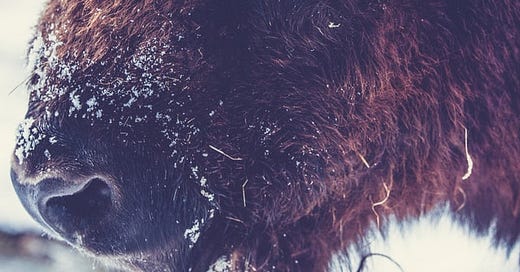


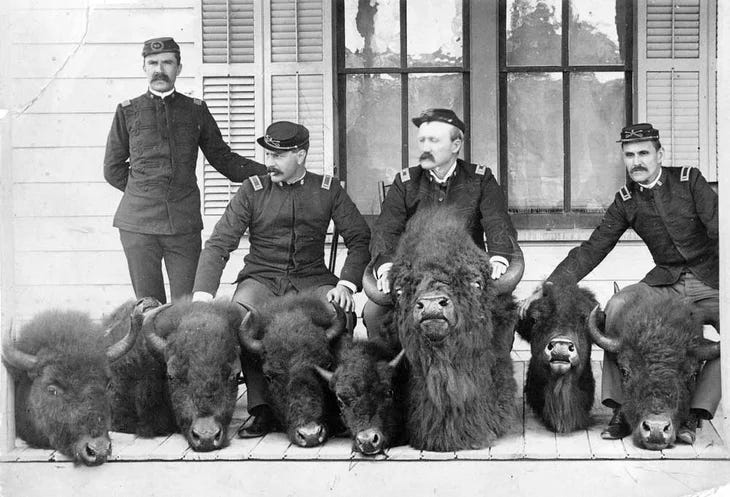
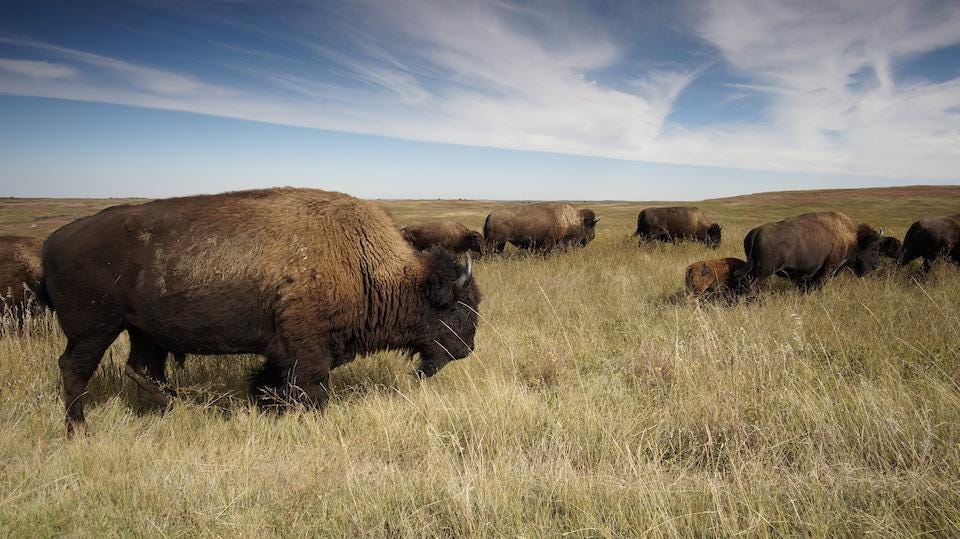
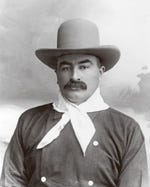

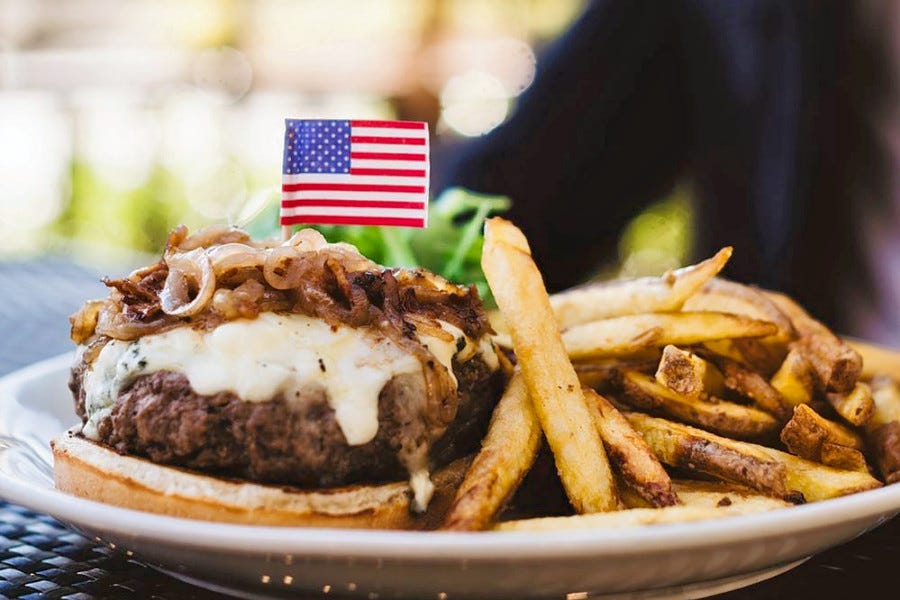
Another great article Peter. Keep it up!